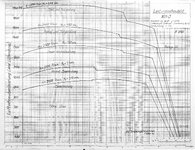J.A.W.
Banned
Sorry tomo, but what anyone might "believe" is surely up for review - on the basis of technical data - when it comes to engines?You are free to believe what you want.
I'm not discussing the aero engines with you anymore.
I apologise if my perceived tone has ruffled certain sentiments, & ask for a 'non-feelings' - cooly technical-based discussion - in return.

